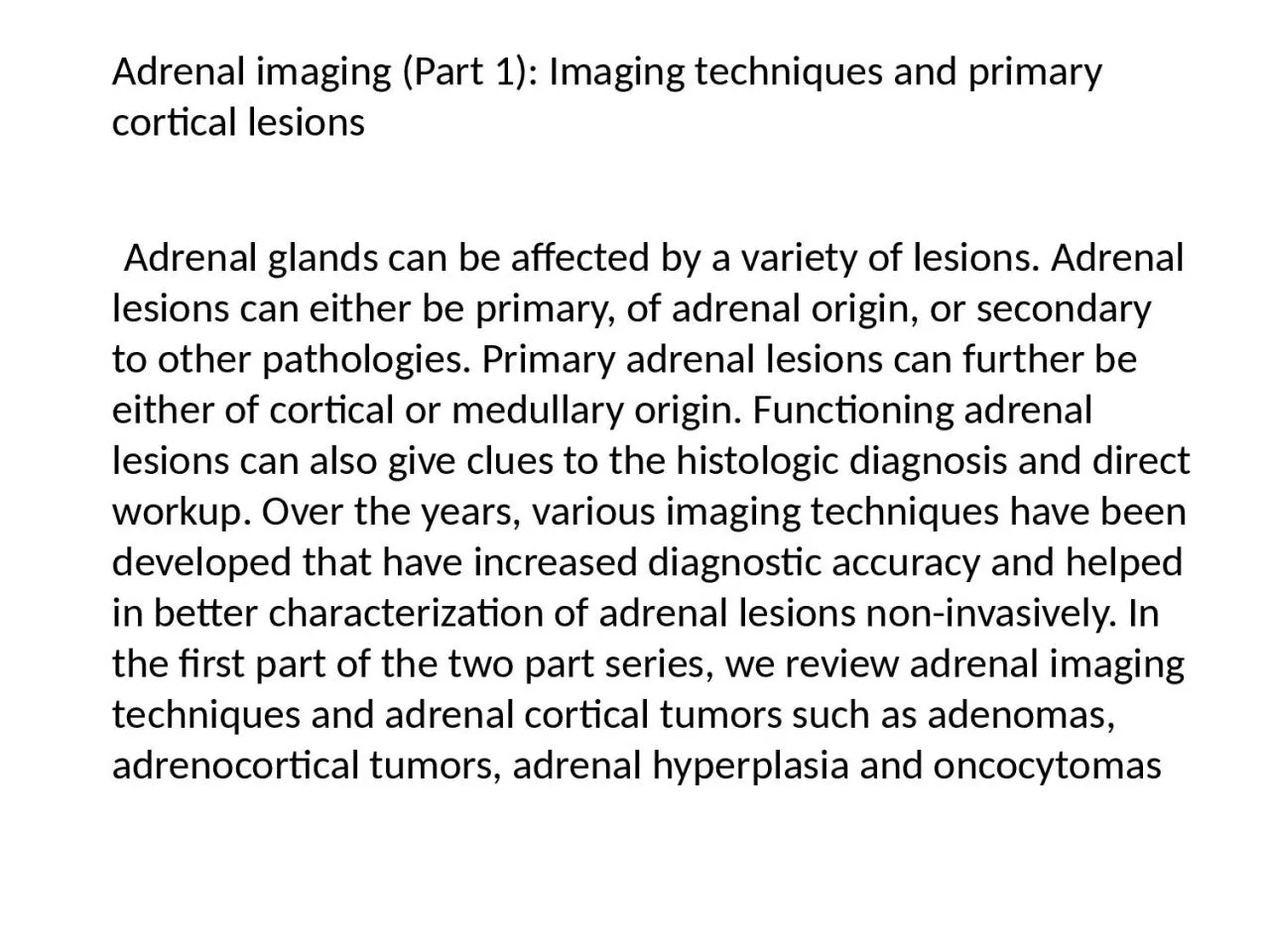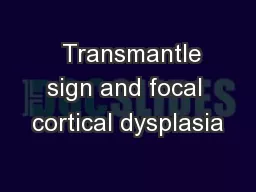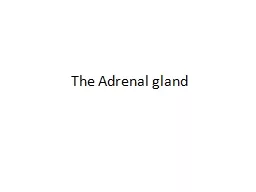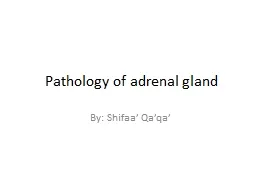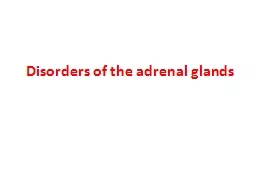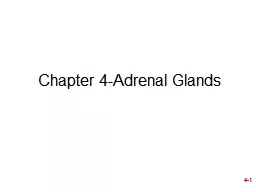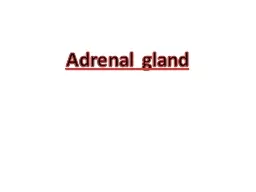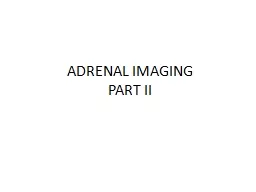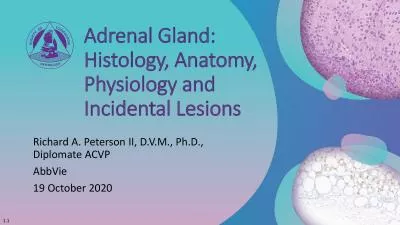PPT-Adrenal imaging (Part 1): Imaging techniques and primary cortical lesions
Author : stella | Published Date : 2023-05-29
Adrenal glands can be affected by a variety of lesions Adrenal lesions can either be primary of adrenal origin or secondary to other pathologies Primary adrenal
Presentation Embed Code
Download Presentation
Download Presentation The PPT/PDF document "Adrenal imaging (Part 1): Imaging techni..." is the property of its rightful owner. Permission is granted to download and print the materials on this website for personal, non-commercial use only, and to display it on your personal computer provided you do not modify the materials and that you retain all copyright notices contained in the materials. By downloading content from our website, you accept the terms of this agreement.
Adrenal imaging (Part 1): Imaging techniques and primary cortical lesions: Transcript
Download Rules Of Document
"Adrenal imaging (Part 1): Imaging techniques and primary cortical lesions"The content belongs to its owner. You may download and print it for personal use, without modification, and keep all copyright notices. By downloading, you agree to these terms.
Related Documents

